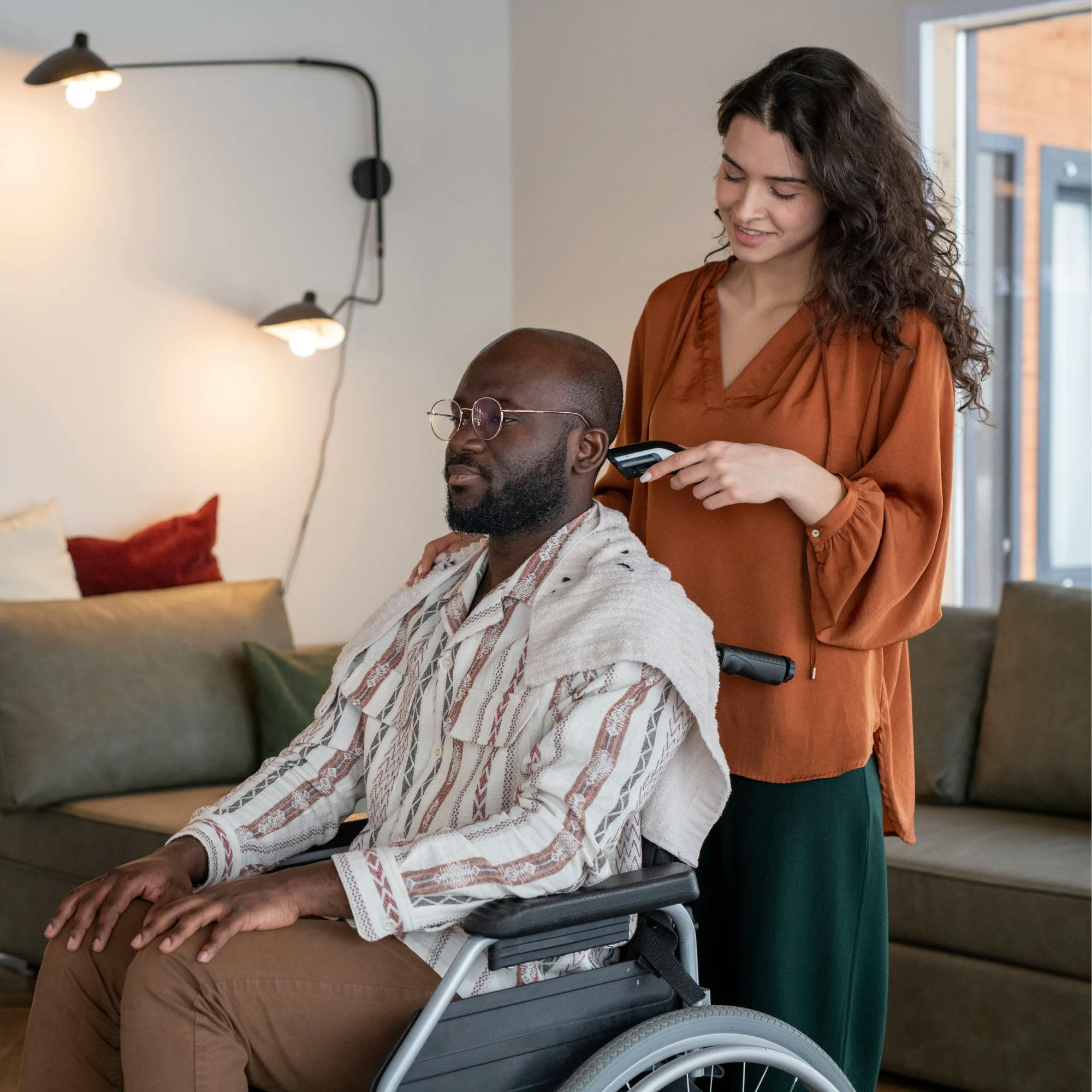
The Total Communication Approach Helps Adults Communicate Without Speaking
 Abby Barnes, M.S., CCC-SLP
Abby Barnes, M.S., CCC-SLP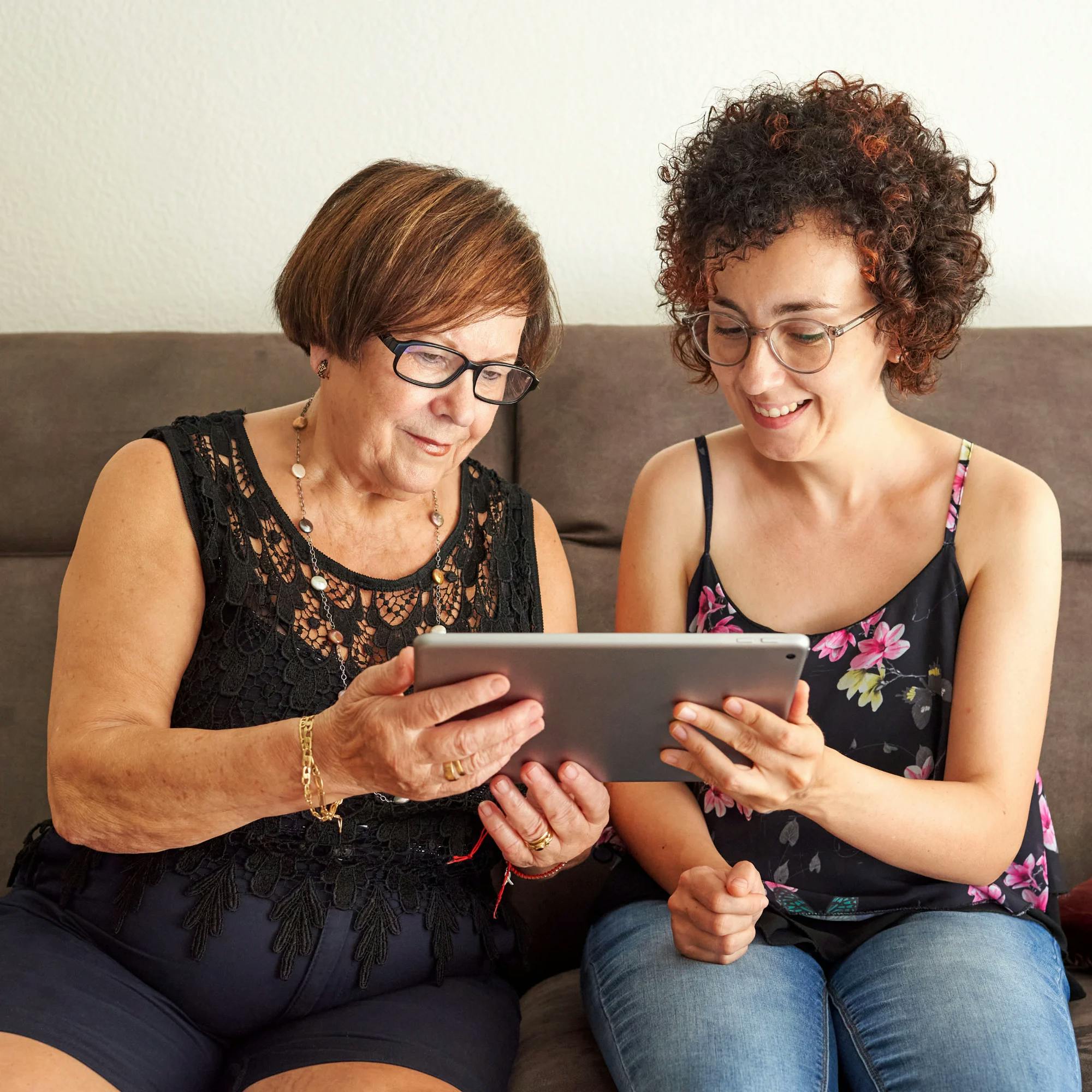
If you or a loved one has a communication disorder, it can cause frustration for everyone involved. We all want to communicate and connect with others, and we need to communicate in order to have our basic needs met. A disruption to this, such as dysarthria, aphasia, or acquired apraxia of speech, can be challenging, to say the least.
However, there are many ways a speech therapist can help the person and their loved ones communicate as clearly as possible. The total communication approach is one way to do this.
What is total communication?
Total communication refers to using modes of communication in addition to verbal speech. These alternative communication modes can include writing or drawing, making gestures or signs, or using communication boards or devices.
The ability to communicate, in any form, is what’s most important.
It may feel a little odd to use other forms of communication at first. But the end goal is for the person to convey their message and have their needs met. The ability to communicate, in any form, is what’s most important.
The person’s speech therapist will work with them to regain as much speech as possible. Using other forms of communication doesn’t mean they are giving up on verbal communication. But it’s a way for the person to communicate well right now.
Let’s take a look at some forms of total communication together.

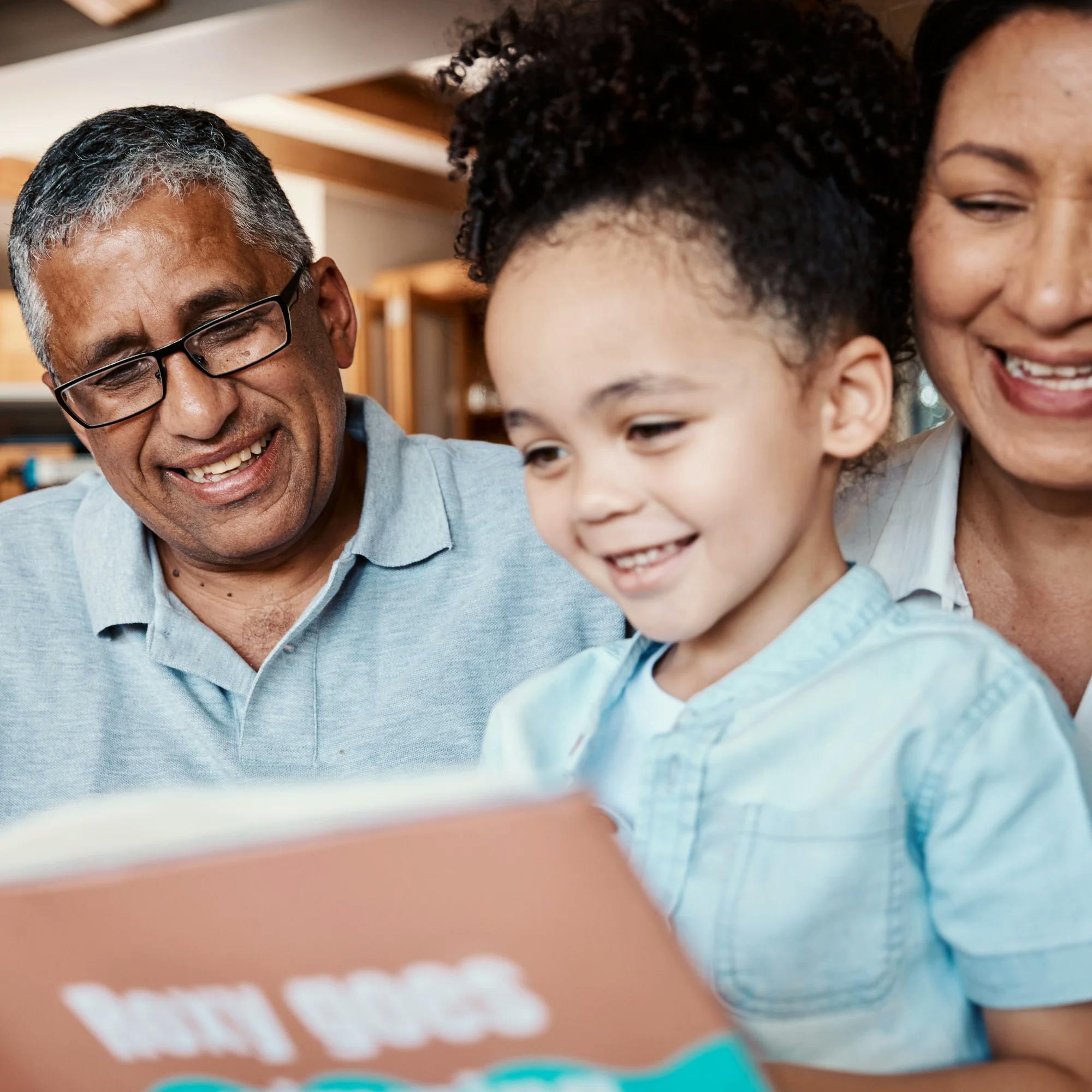
Writing and drawing
For those who are unable to clearly communicate verbally, keeping a pen and paper nearby is important. While the adult may not be able to speak clearly, their writing abilities may not be affected. The person can write down what they’re trying to say, even if it’s only a single word. For example, they could write “headache” or “medicine,” or a sentence like, “I need aspirin,” to tell their loved one what they need.
Other people may rely on drawing. In the above scenario, they may draw a pill bottle to show that they need medicine. If they were thirsty, they might draw a glass of water.
There are apps for tablets and smartphones that enable a person to write and draw pictures. Check out the app AutoDraw. There are times when devices can be more convenient than pen and paper!


Gestures or signs
Gestures or signs are another helpful way for people to communicate, and they don’t require the person to carry anything with them. Think about how powerful even simply pointing to an item can be. If someone is unable to speak, but they need help getting dressed, they could point to their clothing item and then do something like shrug their shoulders. Or they may point to the item and then point to their loved one, as if to say, “I need your help.”
Gestures can be used every day, by themselves or alongside other communication modes, to help a person communicate.
Signs are another great tool to use. They can be the exact signs used in American Sign Language, or made-up signs that the person and their loved one knows. Again, the point is for the person’s message to come across clearly.
For communication partners, it’s important to pay close attention to the person who is attempting to communicate. They may make signs without even realizing it, such as gesturing a "writing" action when attempting to communicate the word “pencil.”
The communication partner should follow up with the person to find out whether this is part of their desired message. For example, you could say, "Writing?” while you demonstrate their same gesture. “Do you need something to write with?”

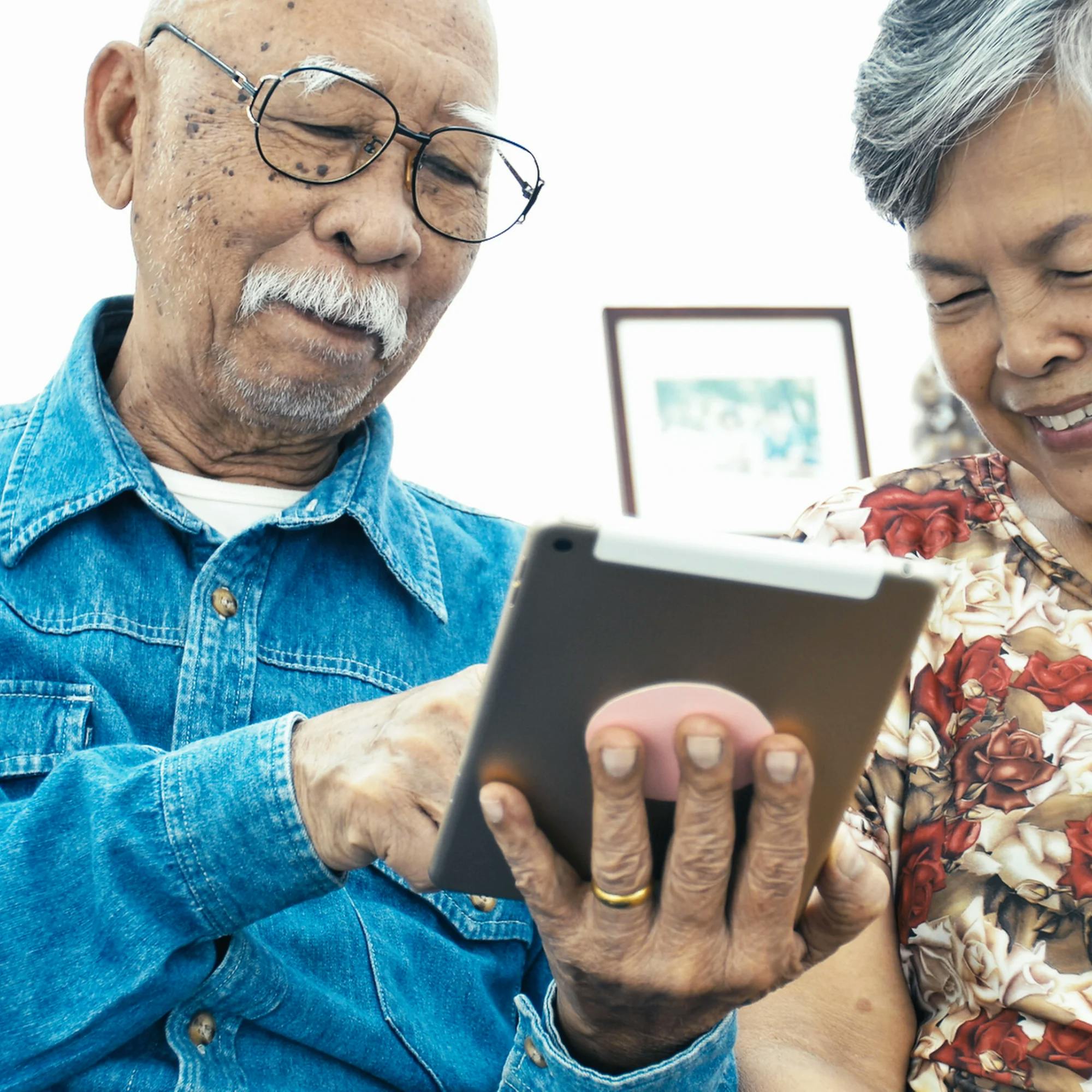
Communication boards
Some people prefer an alternative tool called a communication board. This is a sturdy item, like a laminated piece of paper or an actual board, that has various pictures on it. The pictures may include an image of a checkmark and an “x” to indicate “yes” and “no.” The person can point to these pictures in response to questions from others. Other pictures can include core words such as “hungry” or “thirsty,” or names and pictures of loved ones.
The person can also point to pictures in a series to communicate a sentence. As an example, the person may point to pictures that symbolize “I” or “me”, “want,” and then an item, such as “blanket.”

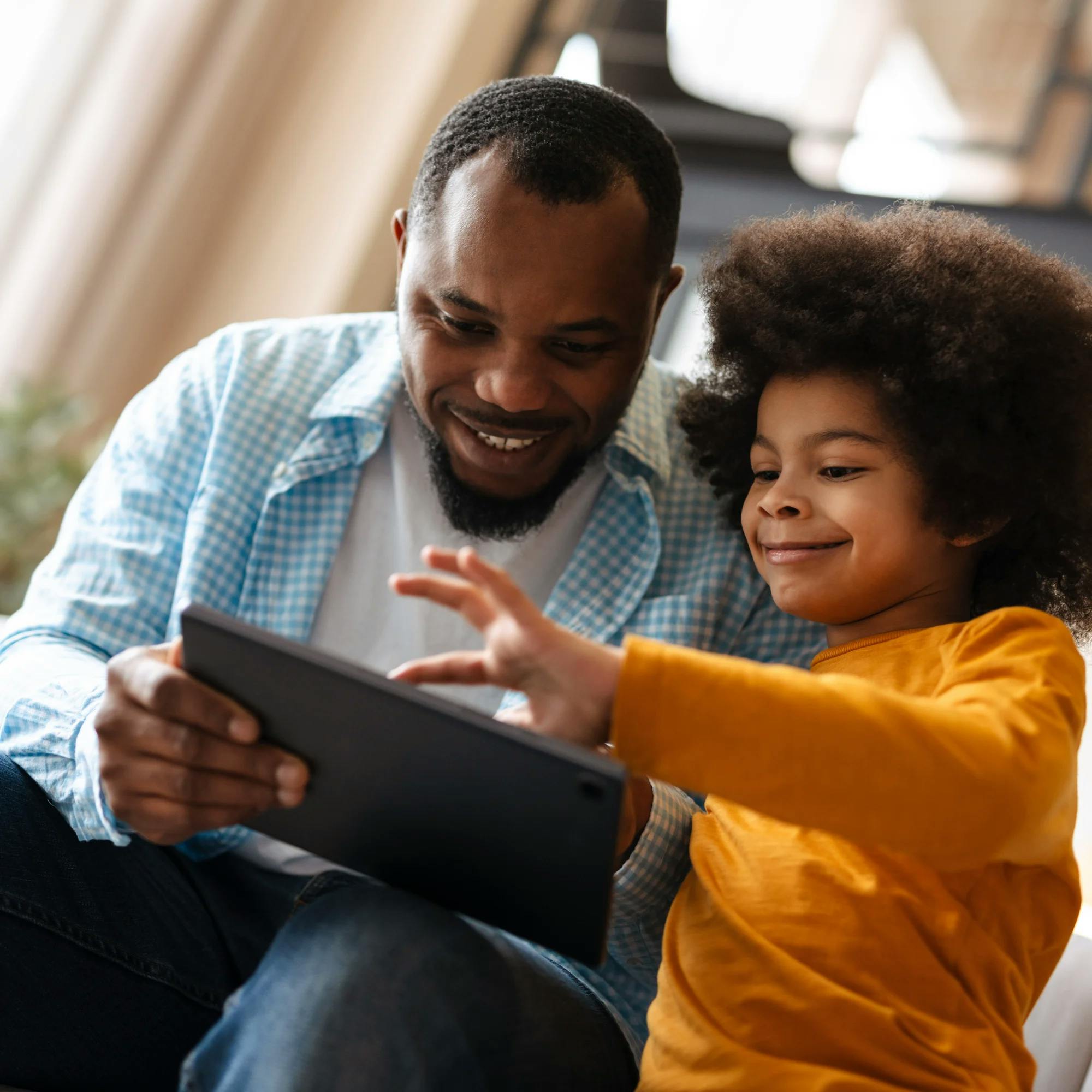
Communication devices
Communication devices are similar to communication boards, but they are a high-tech version. These are devices with a screen that show pictures a person can select, and they may generate text-to-speech as well. So if the person selected the pictures “I,” “want,” and “blanket,” like our scenario above, a communication device would read these words out loud.
You can also turn a device such as an iPad or smartphone into a communication device using an app like Proloquo2go. High-tech devices may take some practice and getting used to, but they can make a big impact for the user!


Keep practicing and stay positive
It can take a lot of practice to learn to use a new communication system. In many cases, a person may be learning more than one system, such as a combination of writing and gestures, or gestures and a communication board. They should use whatever works best and makes them feel confident and secure in their communication skills.
Communication partners should try to be involved and patient as their loved one learns an alternative method of communicating. This may not be the way they communicate forever. But for the time being, total communication will help them connect with others and convey their wants, needs, and feelings. The support of their loved ones will make a big difference.
How Expressable Can Help
Concerned your child isn't reaching age-expected milestones? Looking for communication support from a professional? Expressable is a national online speech therapy practice serving children and adults. We treat all major areas of communication and feeding, offer flexible hours including evenings and weekends, and accept most major health insurance plans. We’re proud to have earned more than 3,000 5-star reviews from our clients (4.9/5 average).
Our therapy model is centered on parent and caregiver involvement. Research proves that empowering caregivers to participate in their loved one’s therapy leads to better outcomes. That’s why we combine live, 1-on-1 speech therapy with personalized education and home practice activities for faster progress.
Communication is more than words. It’s how we share how we feel and show who we are. We’re here to help you or your child do just that.





